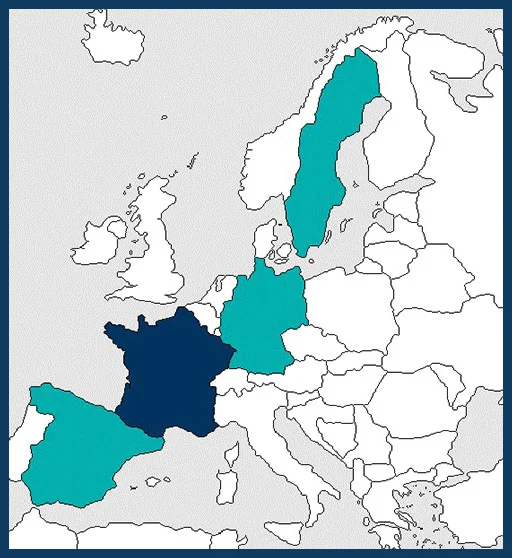01-2017 to 12-2019
€ 1,164,659
Prof. Stéphanie Manel
Stephanie.manel@cefe.cnrs.fr
Ecole Pratique des Hautes Etudes, Montpellier, FRANCE (Coordinator)
University of Perpignan, Perpignan, FRANCE
Mediterranean Protected Areas Network (MEDPAN), Marseille, FRANCE
GEOMAR Helmholtz Centre for Ocean Research, Kiel, GERMANY
Instituto Español de Oceanografía, Palma de Mallorca, SPAIN
University of Murcia, Murcia, SPAIN
University of Alicante, Alicante, SPAIN
University of Stockholm, Stockholm, SWEDEN

Coastal marine resources provide major ecosystem services, with about 45% of the world’s fisheries and 90% of fishing employment linked to small-scale artisanal fisheries (vessels smaller than 12 m). Nevertheless, Mediterranean marine resources are declining at an alarming rate and fishing has resulted in the overexploitation of more than 50% of the Mediterranean fisheries resources. In this context, Marine Protected Areas (MPAs) are emerging as key conservation and management tools to sustain marine resources and artisanal fisheries through adult spillover and larval dispersal beyond their boundaries. The Mediterranean Sea however lags behind the Aichi’s Conservation Target 11 of the Convention on Biological Diversity (10% of sea surface protected by 2020) with only 1% of sea area currently covered by MPAs. There is an urgent need to both inform further expansion of conservation efforts that allow exploited species to persist and sustain artisanal fisheries. Yet, the extent to which larvae and adults disperse outside of MPA boundaries and contribute to sustain local artisanal fisheries are largely unknown.
Using a regional cluster of 9 MPAs along the Mediterranean French-Spanish coast as a model system, the project RESERVEBENEFIT aims to assess the capacity of MPAs to deliver marine resources for artisanal fisheries at a regional scale (from >1km to >1000km) for four species targeted by artisanal fisheries encompassing a variety of life histories and ecologies (the striped red mullet, the white seabream, the comber and the spiny lobster).
Specifically, the objectives of the project are to:
• Evaluate dispersal and connectivity in the cluster of MPAs for the 4 species;
• Evaluate the potential benefits in terms of genetic diversity from the cluster of MPAs;
• Evaluate the potential benefits in terms of biomass exportation outside MPAs, and the socioeconomic outcomes, from the cluster of MPAs;
• Define new locations and configurations of future MPAs using a multi-criteria approach (connectivity, distance of fishing location, fishing pressures) to optimize these benefits.
• Sampling the 4 exploited species (About 3000 individuals);
• Genotyping the individuals using next generation sequencing and deriving a draft genome of each species;
• Evaluating the connectivity in the network of MPAs, and the genetic diversity within the MPAs;
• Defining the locations of new MPAs using a multi-criteria marine spatial planning approach.
A specific activity is planned to involve stakeholders and policy-makers in the project and disseminate the project outputs, i.e. (i) inform fishermen of the potential benefits of MPAs in fisheries areas; (ii) inform MPA managers and decision makers of the identification of new MPAs in the Mediterranean to optimise genetic diversity and sustain artisanal fisheries. This specific dissemination activity is based on the project website, social media, MEDPAN newsletters, project meetings and vulgarisation papers.